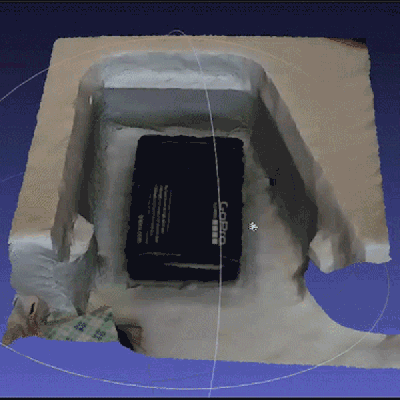The IMAV (International Micro Air Vehicle) conference and competition is a yearly flying robotics competition hosted by a different University every year. AKAMAV – a university student group at TU Braunschweig in Germany – have written up a fascinating and detailed account of what it was like to compete (and take first place) in 2016’s eleven-mission event hosted by the Beijing Institute of Technology.
AKAMAV’s debrief of IMAV 2016 is well-written and insightful. It covers not only the five outdoor and six indoor missions, but also details what it was like to prepare for and compete in such an intensive event. In their words, “If you share even a remote interest in flying robots and don’t mind the occasional spectacular crash, this place was Disney Land on steroids.”
Continue reading “Taking First Place At IMAV 2016 Drone Competition”



 Photogrammetry requires taking a few dozen pictures with a camera, using software to turn these 2D images into a 3D model, and building the new part from that model. The software [Stefan] is using is
Photogrammetry requires taking a few dozen pictures with a camera, using software to turn these 2D images into a 3D model, and building the new part from that model. The software [Stefan] is using is 









